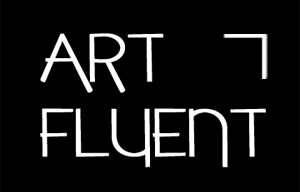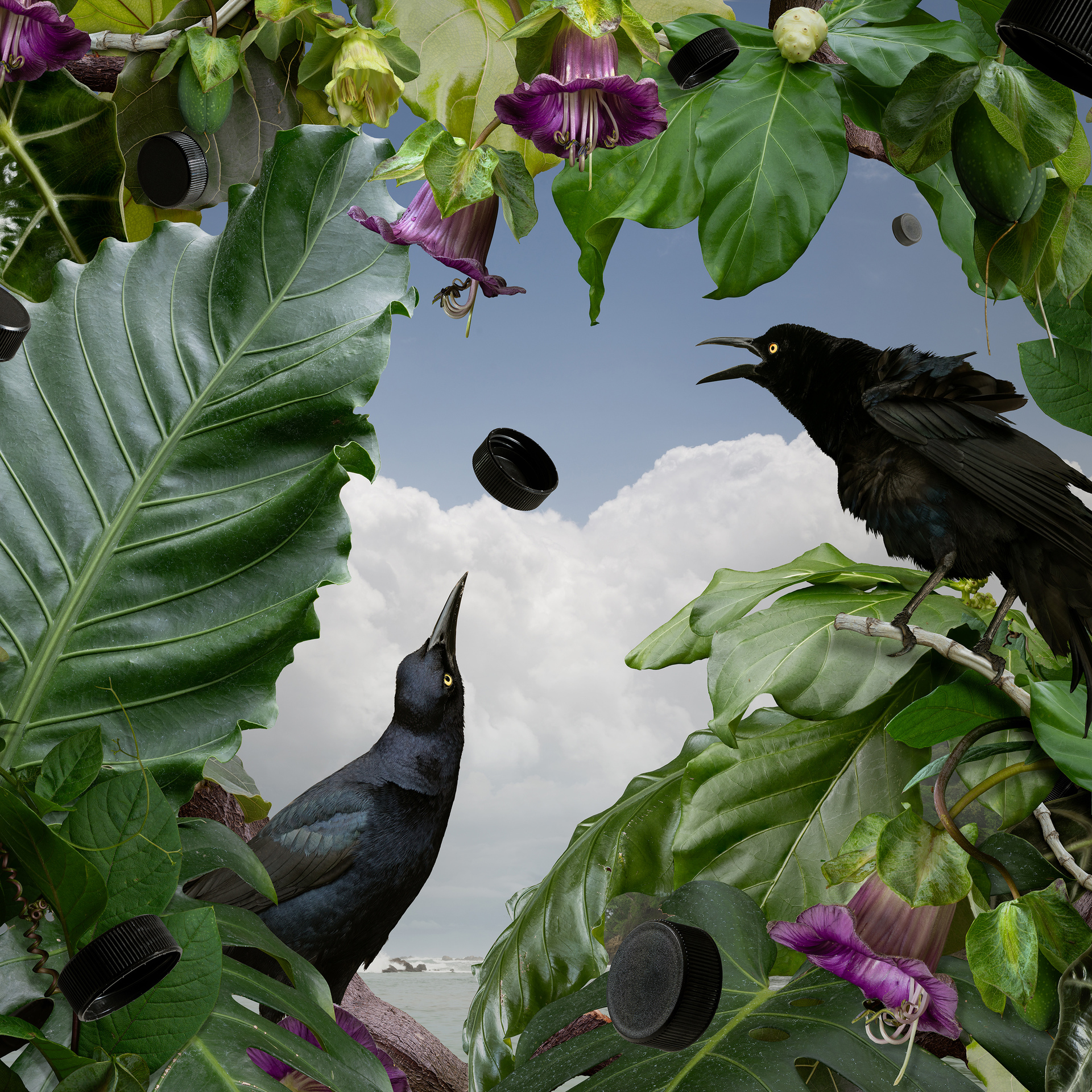
Great Seduction, photography
-Jason, we'd love to hear your story and how you got to where you are today, both personally and as an artist.
Thank you! My journey as an artist has been a blend of personal experience and my evolving interests in photography, nature, and consumer culture. I’ve always had a strong connection to nature, and from a young age, I was fascinated by animals. I started photographing at an early age, learning the technical side by developing my own film in a darkroom we had at home. Creativity was always a part of my life, so when I enrolled in college, I initially pursued a biology degree. I thought it would be the perfect way to explore my love for nature, but over time, I realized I needed a more hands-on, creative outlet. That’s when I switched to photography—it allowed me to engage with nature in a more tactile, expressive way.
After completing my B.F.A. at Colorado State University, I went on to pursue an M.F.A. in Visual Design at the University of Oregon. Teaching became a natural extension of my work after that, and I’ve had the opportunity to teach photography and digital arts all over the world—from Zayed University in Dubai to Mississippi State, the University of New Mexico, and now, at Eastern Michigan University. Throughout that time, I’ve never stopped creating and continually evolving my work. Early on, I was represented by Chelsea Gallery in Miami, then later by Rule Gallery in Denver and Marfa. Today, I’m fortunate to be represented by various commercial galleries across the country. I’ve exhibited extensively and, to date, I’ve created nine bodies of work, all revolving around themes of consumption and nature. It’s been an incredible journey combining my passions for the natural world and the complexities of how we engage with it.

Cellophane Cacique, photography
-Can you talk about your decision-making process when selecting specific flora and fauna for your pieces? Do you follow any specific criteria, or is it more about going with your gut?
It’s a mix of both, really. I’m drawn to certain plants and animals either because of their symbolic value or how they’ve been co-opted into marketing and consumerism. Sometimes, it’s purely visual—their color, shape, or texture grabs my attention. At the same time, I make a lot of intuitive choices, especially in terms of how I can use natural elements to create seemingly harmonious relationships with the commercial goods that I incorporate into my compositions. Birds, in particular, tend to have an emotional quality that I look for—a kind of knowing gaze that can create a dialogue with a viewer and draw them into the piece. But in the end, it’s really about finding that balance between the organic and synthetic elements, and how they can work together to create both tension and harmony.
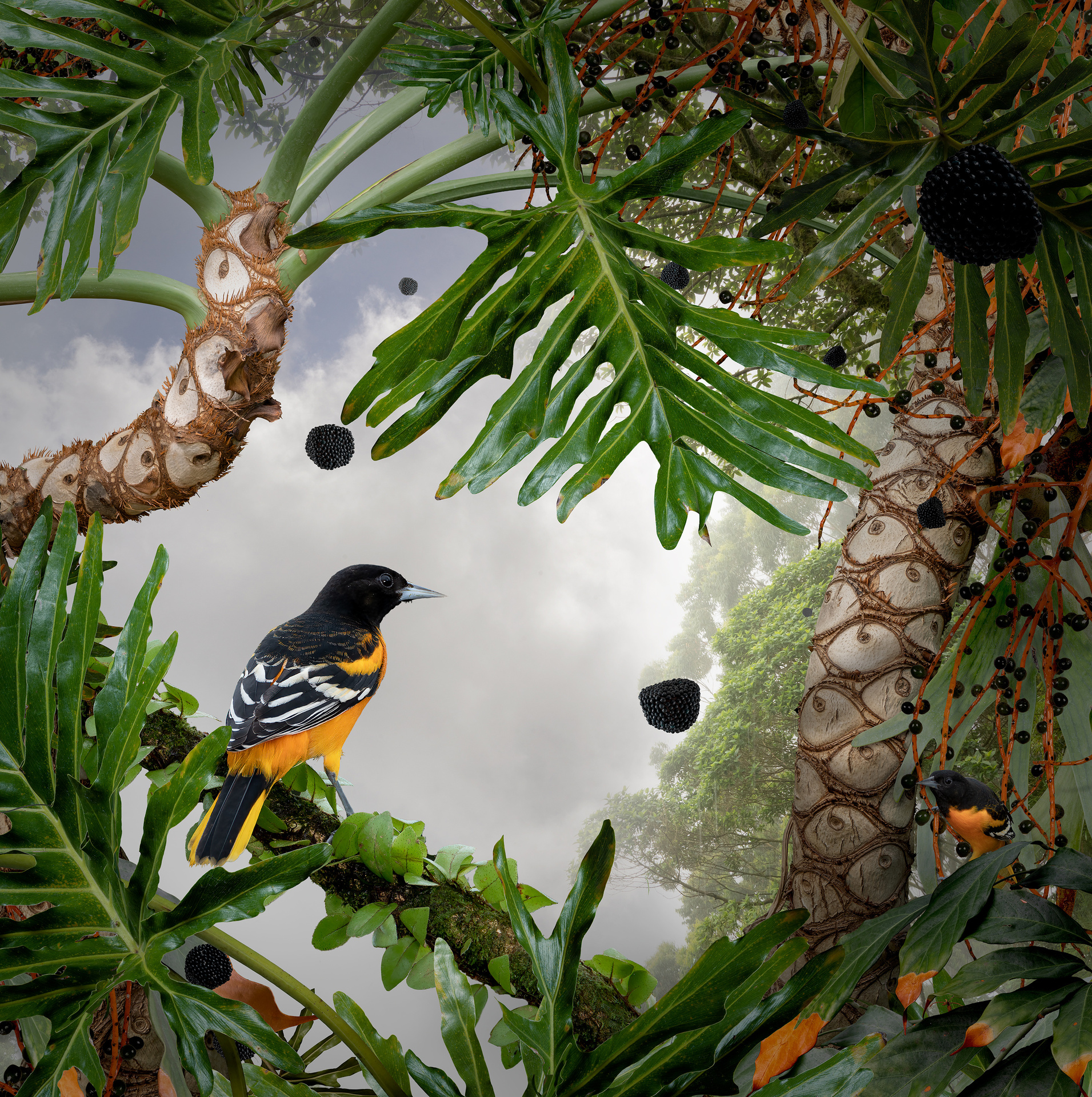
Oriole Elysium, photography
-How do you view the relationship between nature and consumer culture? What are you hoping to say by blending these two worlds in your work?
I see the relationship between nature and consumer culture as this strange, almost dystopian dynamic. In my work, I try to explore how our constant drive to consume has impacted the natural world, turning it into just another product in the marketplace. Nature, much like everything else, has been manipulated and repackaged to fit into our consumerist narrative. By blending nature with elements of commercial culture, I’m commenting on how we’ve distorted the natural order. You’ll see these overly adorned, artificial landscapes in my pieces, where everything feels exaggerated—almost like nature itself is trying to compete with the commercial chaos around it. The animals I include often look indifferent or apathetic, as if they’ve resigned themselves to this new, unnatural reality.
I also use a lot of the same techniques you’d see in commercial photography—things like hyperfocus, artificial lighting, and playing with scale—to create these surreal, almost seductive landscapes. It’s like a fake sales pitch, presenting this overly perfect, manipulated version of nature, much like how we package and sell products in our everyday lives. The goal is to reflect the strange way we interact with the natural world, where it’s no longer something pure but something that’s been transformed by our need to consume.
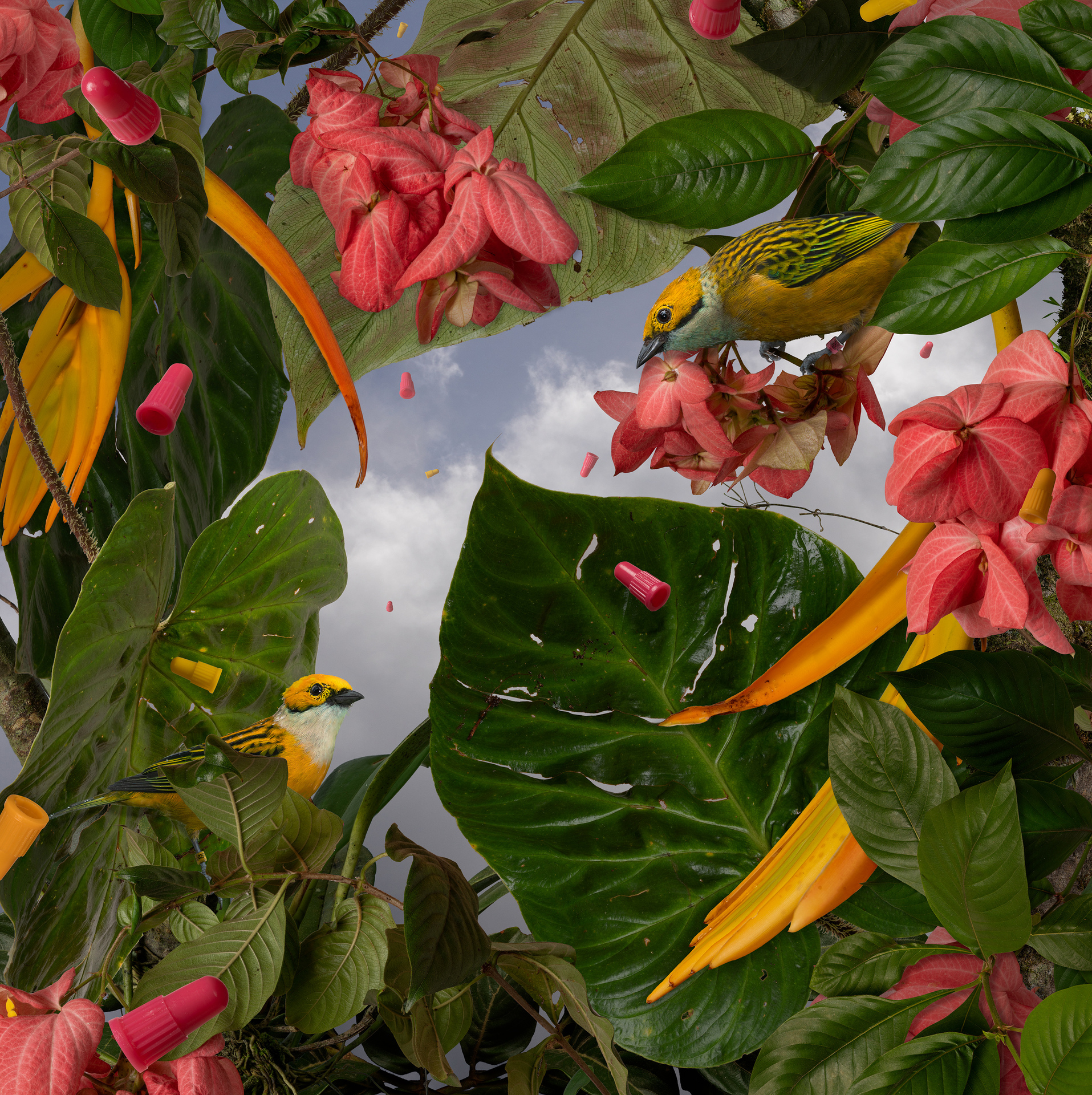
Transcendental Tananger, photography
-Do you see your art as a form of activism or social commentary? Why or why not?
I wouldn’t say I’m an activist, but my work certainly leans into social commentary. I’m not trying to push a specific agenda or provoke radical change, but I do want to start conversations. I’m interested in how people relate to the natural world and the ways in which consumer culture influences those perceptions. I like to challenge viewers to think critically about their environment, how they engage with it, and whether what they see is genuine or a manufactured version of reality.

Blue Enchantment, photography
-What’s the best way for someone to check out your work and provide support?
The best way is to visit my website or follow me on social media, where I regularly post new pieces and updates on exhibitions. I also work with multiple galleries, so keeping an eye out for my work in upcoming shows is a great way to support me. Of course, for those who are interested in collecting, purchasing a piece directly through galleries or my website is always deeply appreciated! All of that information can be found at www.jasondemarte.com
Statement
My work examines a contemporary consumer existence through sublime tableaus of apathy. I’m interested in creating visually seductive landscapes with narratives of post-capitalist tensions. Through hypothetical dystopias, a rearranging of the natural order emerges from the ashes of our inconspicuous consumption, where nature, much like our commercial environments, has been impregnated with the detritus of marketing, consumption, and waste. Landscapes pop with carefully designed visual gluttony that attempts to compete with our limitless capacity to consume. Animals appear perfectly apathetic in overly adorned false environments, surrendering to the inevitability of what’s to come.
I work photographically to tap into the medium’s ability to reflect truth, and much like commercial photography, I see the work as a kind of nonsensical sales pitch, a seduction of false promise, where nature has succumbed to relentless marketing. By using the same methods as commercial photographers, I elevate seemingly ordinary, dull flora and fauna to the commercial stage where we understand and treat nature like the material world we surround ourselves with. In an age where truth is irrelevant, hyperfocus, artificial lighting, and scale are used to exaggerate facts. My process ultimately aims to embrace a manipulation of truth by hyper-exaggerating the ordinary to mirror the sublime apathy of our modern existence.
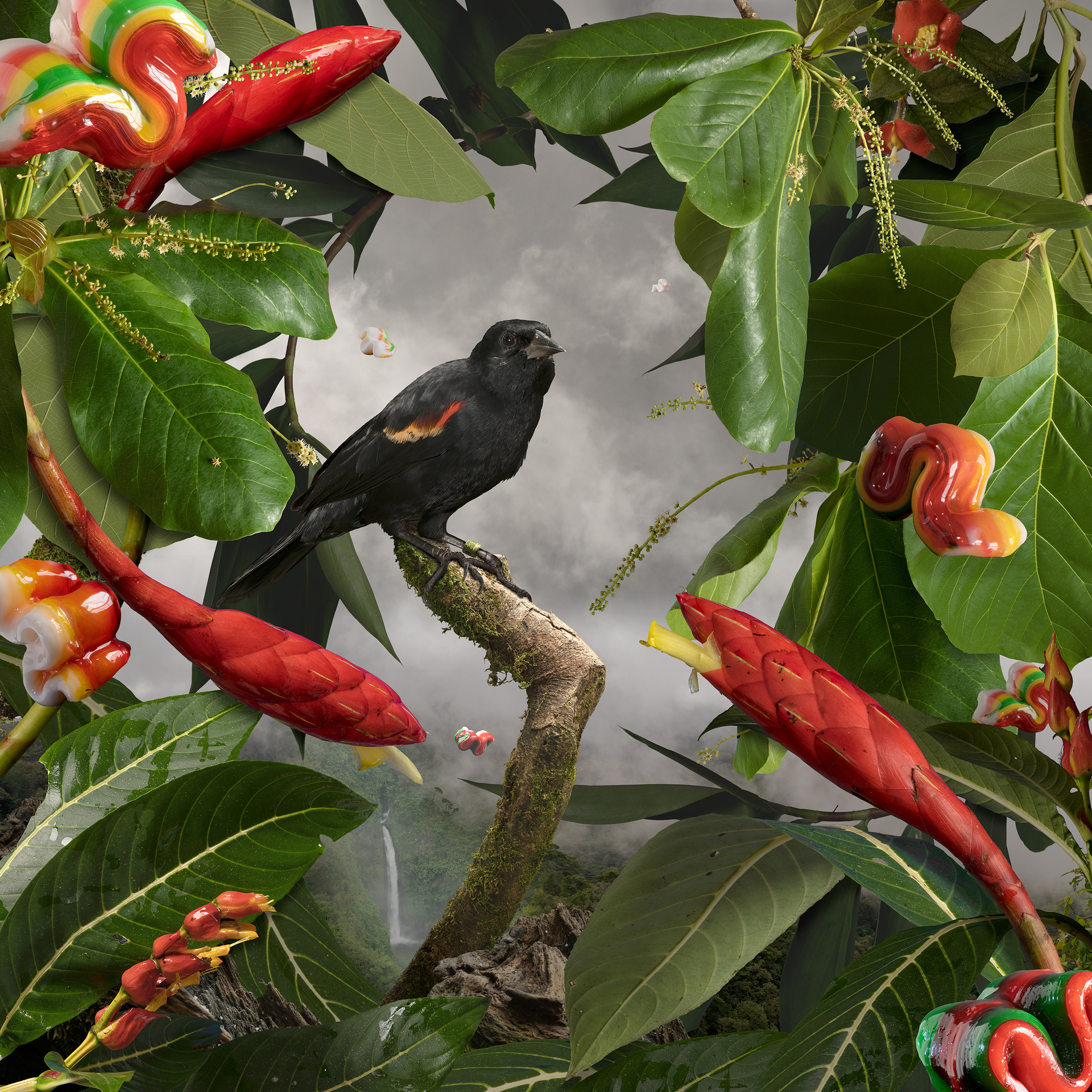
Redwing Rumination, photography
Bio

Kings Reverie #1, photography
Jason DeMarte is an artist best known for his large-scale, highly detailed, seductive flora and fauna photo assemblages that explore our cultural relationship to the natural world. His work has been exhibited in galleries and museums worldwide and is held in many private and public collections including the Denver Art Museum, the University of Michigan Museum of Art, the Chicago Museum of Contemporary Photography, the Museum of Outdoor Arts, the Los Angeles Center for Digital Art, Saks 5th Avenue Stores, and 21c Museum Hotels. His record of exhibitions includes solo shows at Denver Botanical Gardens, Rule Gallery in Marfa Texas, Ibis Contemporary in New Orleans, the Boulder Museum of Contemporary Art, the Detroit Center of Contemporary Photography, and Wessell Synman in Cape Town South Africa. DeMarte's work has also been included in prominent group exhibitions, such as; "Biophilia" at the Denver Art Museum, “Context” at Filter Photo Space in Chicago, “The National: Best Contemporary Photography” at the Ft. Wayne Museum of Art, and “Exposure 2021” at the Contemporary Calgary Art Museum “212 Photography Istanbul”, Museum Gazhane, Istanbul, Turkey.
